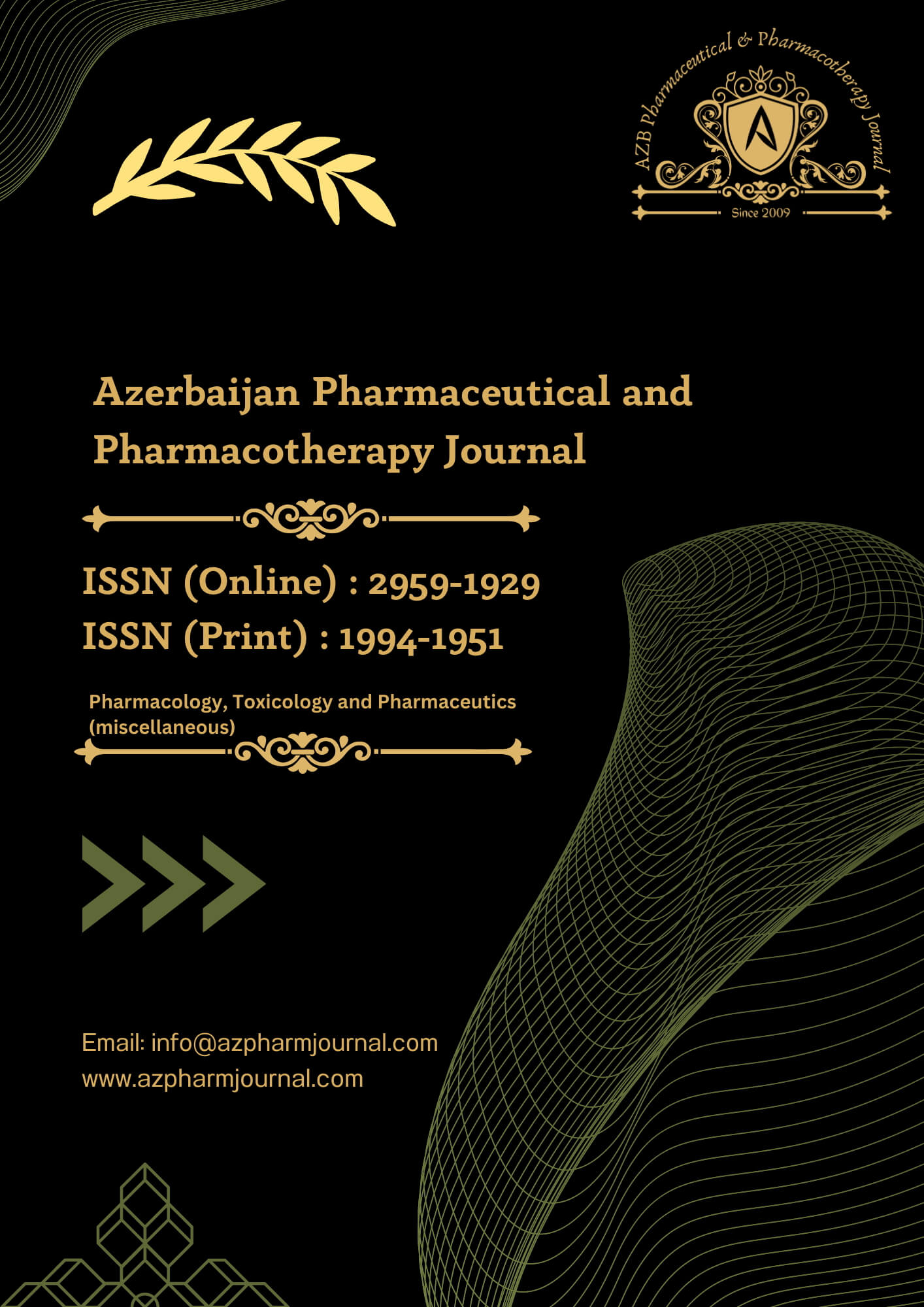[1] Lennartz, S., Dratsch, T., Zopfs, D., Persigehl, T., Maintz, D., Hokamp, N. G., & dos Santos, D. P. (2021). Use and control of artificial intelligence in patients across the medical workflow: Single-center questionnaire study of patient perspectives. Journal of Medical Internet Research, 23(2). https://doi.org/10.2196/24221
[2] Liu, T., Tsang, W., Huang, F., Lau, O. Y., Chen, Y., Sheng, J., Guo, Y., Akinwunmi, B., Zhang, C. J. P., & Ming, W. K. (2021). Patients’ preferences for artificial intelligence applications versus clinicians in disease diagnosis during the SARS-CoV-2 pandemic in China: Discrete choice experiment. Journal of Medical Internet Research, 23(2). https://doi.org/10.2196/22841
[3] Liu, T., Tsang, W., Xie, Y., Tian, K., Huang, F., Chen, Y., Lau, O., Feng, G., Du, J., Chu, B., Shi, T., Zhao, J., Cai, Y., Hu, X., Akinwunmi, B., Huang, J., Zhang, C. J. P., & Ming, W. K. (2021). Preferences for artificial intelligence clinicians before and during the covid-19 pandemic: Discrete choice experiment and propensity score matching study. Journal of Medical Internet Research, 23(3). https://doi.org/10.2196/26997
[4] Nadarzynski, T., Miles, O., Cowie, A., & Ridge, D. (2019). Acceptability of artificial intelligence (AI)-led chatbot services in healthcare: A mixed-methods study. Digital Health, 5. https://doi.org/10.1177/2055207619871808
[5] Nelson, C. A., Pérez-Chada, L. M., Creadore, A., Li, S. J., Lo, K., Manjaly, P., Pournamdari, A. B., Tkachenko, E., Barbieri, J. S., Ko, J. M., Menon, A. V., Hartman, R. I., & Mostaghimi, A. (2020). Patient Perspectives on the Use of Artificial Intelligence for Skin Cancer Screening: A Qualitative Study. JAMA Dermatology, 156(5), 501–512. https://doi.org/10.1001/JAMADERMATOL.2019.5014
[6] Ongena, Y. P., Haan, M., Yakar, D., & Kwee, T. C. (2020). Patients’ views on the implementation of artificial intelligence in radiology: development and validation of a standardized questionnaire. European Radiology, 30(2), 1033–1040. https://doi.org/10.1007/S00330-019-06486-0
[7] Ongena, Y. P., Yakar, D., Haan, M., & Kwee, T. C. (2021). Artificial Intelligence in Screening Mammography: A Population Survey of Women’s Preferences. Journal of the American College of Radiology, 18(1), 79–86. https://doi.org/10.1016/J.JACR.2020.09.042
[8] Page, M. J., McKenzie, J. E., Bossuyt, P. M., Boutron, I., Hoffmann, T. C., Mulrow, C. D., Shamseer, L., Tetzlaff, J. M., Akl, E. A., Brennan, S. E., Chou, R., Glanville, J., Grimshaw, J. M., Hróbjartsson, A., Lalu, M. M., Li, T., Loder, E. W., Mayo-Wilson, E., McDonald, S., … Moher, D. (2021). The PRISMA 2020 statement: An updated guideline for reporting systematic reviews. The BMJ, 372. https://doi.org/10.1136/BMJ.N71
[9] Pavli, A., Theodoridou, M., & Maltezou, H. C. (2021). Post-COVID Syndrome: Incidence, Clinical Spectrum, and Challenges for Primary Healthcare Professionals. Archives of Medical Research, 52(6), 575–581. https://doi.org/10.1016/J.ARCMED.2021.03.010
[10] Pinto dos Santos, D., Giese, D., Brodehl, S., Chon, S. H., Staab, W., Kleinert, R., Maintz, D., & Baeßler, B. (2019). Medical students’ attitude towards artificial intelligence: a multicentre survey. European Radiology, 29(4), 1640–1646. https://doi.org/10.1007/S00330-018-5601-1
[11] Rajpurkar, P., Chen, E., Banerjee, O., & Topol, E. J. (2022). AI in health and medicine. Nature Medicine, 28(1), 31–38. https://doi.org/10.1038/S41591-021-01614-0
[12] Richardson, J. P., Smith, C., Curtis, S., Watson, S., Zhu, X., Barry, B., & Sharp, R. R. (2021). Patient apprehensions about the use of artificial intelligence in healthcare. Npj Digital Medicine, 4(1). https://doi.org/10.1038/S41746-021-00509-1
[13] Romero-Brufau, S., Wyatt, K. D., Boyum, P., Mickelson, M., Moore, M., & Cognetta-Rieke, C. (2020a). A lesson in implementation: A pre-post study of providers’ experience with artificial intelligence-based clinical decision support. International Journal of Medical Informatics, 137. https://doi.org/10.1016/J.IJMEDINF.2019.104072
[14] Romero-Brufau, S., Wyatt, K. D., Boyum, P., Mickelson, M., Moore, M., & Cognetta-Rieke, C. (2020b). What’s in a name? A comparison of attitudes towards artificial intelligence (AI) versus augmented human intelligence (AHI). BMC Medical Informatics and Decision Making, 20(1). https://doi.org/10.1186/S12911-020-01158-2
[15] Ryan, M. L., O’Donovan, T., & McNulty, J. P. (2021). Artificial intelligence: The opinions of radiographers and radiation therapists in Ireland. Radiography, 27, S74–S82. https://doi.org/10.1016/J.RADI.2021.07.022
[16] Samuel, G., Diedericks, H., & Derrick, G. (2021). Population health AI researchers’ perceptions of the public portrayal of AI: A pilot study. Public Understanding of Science, 30(2), 196–211. https://doi.org/10.1177/0963662520965490
[17] Sandhu, S., Lin, A. L., Brajer, N., Sperling, J., Ratliff, W., Bedoya, A. D., Balu, S., O’Brien, C., & Sendak, M. P. (2020). Integrating a machine learning system into clinical workflows: Qualitative study. Journal of Medical Internet Research, 22(11). https://doi.org/10.2196/22421
[18] Scheetz, J., Rothschild, P., McGuinness, M., Hadoux, X., Soyer, H. P., Janda, M., Condon, J. J. J., Oakden-Rayner, L., Palmer, L. J., Keel, S., & van Wijngaarden, P. (2021). A survey of clinicians on the use of artificial intelligence in ophthalmology, dermatology, radiology and radiation oncology. Scientific Reports, 11(1). https://doi.org/10.1038/S41598-021-84698-5
[19] Schoenberg, N. E., & Ravdal, H. (2000). Using vignettes in a wareness and attitudinal research. International Journal of Social Research Methodology, 3(1), 63–74. https://doi.org/10.1080/136455700294932
[20] Scott, I. A., Carter, S. M., & Coiera, E. (2021). Exploring stakeholder attitudes towards AI in clinical practice. BMJ Health and Care Informatics, 28(1). https://doi.org/10.1136/BMJHCI-2021-100450
[21] Shaw, J., Rudzicz, F., Jamieson, T., & Goldfarb, A. (2019). Artificial Intelligence and the Implementation Challenge. Journal of Medical Internet Research, 21(7). https://doi.org/10.2196/13659
[22] Shelton, R. C., Cooper, B. R., & Stirman, S. W. (2018). The Sustainability of Evidence-Based Interventions and Practices in Public Health and Health Care. Annual Review of Public Health, 39, 55–76. https://doi.org/10.1146/ANNUREV-PUBLHEALTH-040617-014731
[23] Sit, C., Srinivasan, R., Amlani, A., Muthuswamy, K., Azam, A., Monzon, L., & Poon, D. S. (2020). Attitudes and perceptions of UK medical students towards artificial intelligence and radiology: a multicentre survey. Insights into Imaging, 11(1). https://doi.org/10.1186/S13244-019-0830-7
